Increased Awareness and Education
Increased awareness and education regarding skin health and facial erythema are pivotal drivers for the Facial Erythema Treatment Market. Educational campaigns by healthcare professionals and organizations have significantly improved public understanding of skin conditions. This heightened awareness encourages individuals to seek medical advice and treatment for facial erythema, thereby expanding the patient base. Furthermore, the proliferation of information through digital platforms has empowered consumers to make informed decisions about their skin health. As awareness continues to grow, it is expected that more individuals will pursue treatment options, leading to an uptick in market demand. This trend highlights the importance of education in driving the growth of the facial erythema treatment sector.
Growing Prevalence of Skin Disorders
The rising incidence of skin disorders, particularly those leading to facial erythema, is a notable driver for the Facial Erythema Treatment Market. Conditions such as rosacea and acne are increasingly diagnosed, contributing to a heightened demand for effective treatment options. According to recent data, approximately 16 million individuals in the United States are affected by rosacea alone, which underscores the necessity for targeted therapies. This growing patient population is likely to propel the market forward, as healthcare providers seek innovative solutions to address these common yet challenging conditions. The increasing awareness of skin health and the psychological impact of facial erythema further amplify the need for effective treatments, thereby driving market growth.
Expansion of Healthcare Infrastructure
The expansion of healthcare infrastructure is a crucial driver for the Facial Erythema Treatment Market. As healthcare facilities become more accessible and equipped with advanced technologies, the availability of treatment options for facial erythema is likely to increase. Investments in dermatology clinics and specialized treatment centers are on the rise, facilitating better patient access to care. Market data suggests that regions with improved healthcare infrastructure are experiencing a corresponding increase in the utilization of dermatological services. This trend is expected to continue, as enhanced infrastructure not only supports the delivery of effective treatments but also fosters patient confidence in seeking care. Consequently, the growth of healthcare infrastructure is anticipated to play a significant role in the expansion of the facial erythema treatment market.
Rising Demand for Aesthetic Procedures
The increasing demand for aesthetic procedures is a significant driver for the Facial Erythema Treatment Market. As societal standards of beauty evolve, individuals are more inclined to seek treatments that enhance their appearance, including those addressing facial erythema. The aesthetic appeal of clear, healthy skin has led to a surge in the popularity of cosmetic dermatology. Market analysis suggests that the aesthetic segment is projected to grow, with a notable rise in non-invasive procedures. This trend is further supported by the increasing availability of treatment options and the growing acceptance of aesthetic procedures among various demographics. Consequently, the intersection of medical and aesthetic treatments is likely to foster growth in the facial erythema treatment sector.
Technological Advancements in Treatment Modalities
Technological innovations in treatment modalities are significantly influencing the Facial Erythema Treatment Market. The introduction of advanced laser therapies, such as pulsed dye lasers and intense pulsed light, has revolutionized the approach to treating facial erythema. These technologies offer enhanced precision and efficacy, leading to improved patient outcomes. Market data indicates that the laser treatment segment is expected to witness substantial growth, driven by the increasing adoption of these advanced techniques. Furthermore, the development of new topical agents and combination therapies is likely to expand treatment options, catering to diverse patient needs. As technology continues to evolve, it is anticipated that the market will experience a surge in demand for innovative treatment solutions.


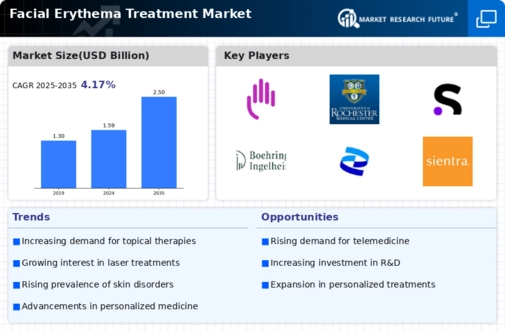
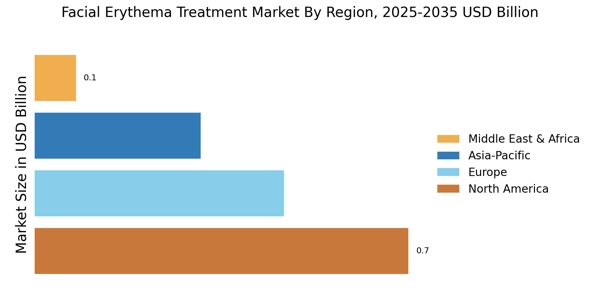
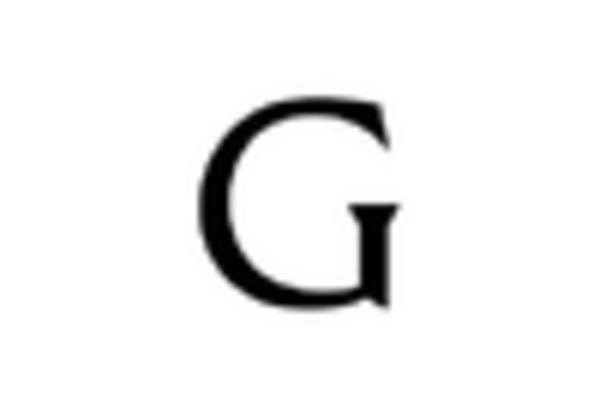
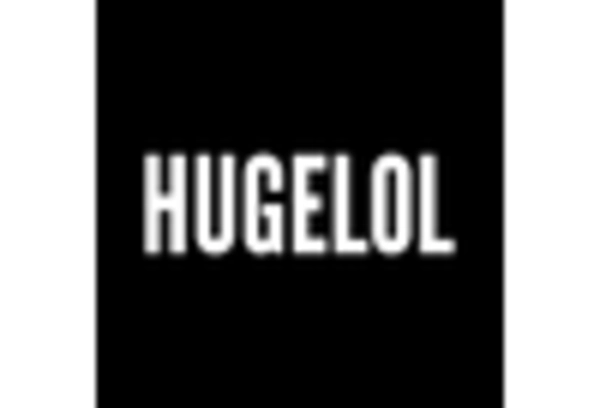
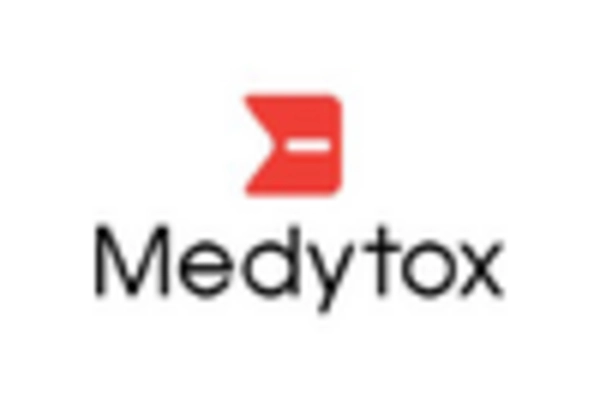
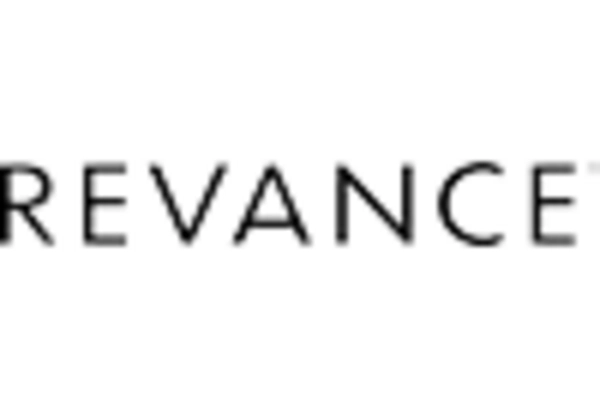
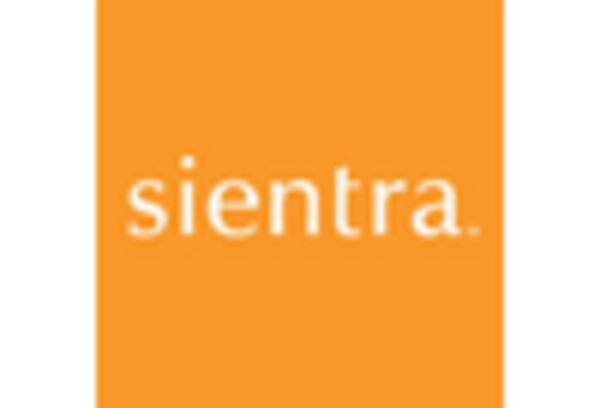
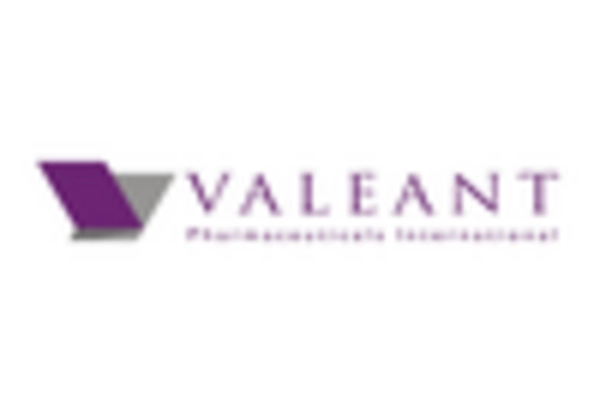








Leave a Comment